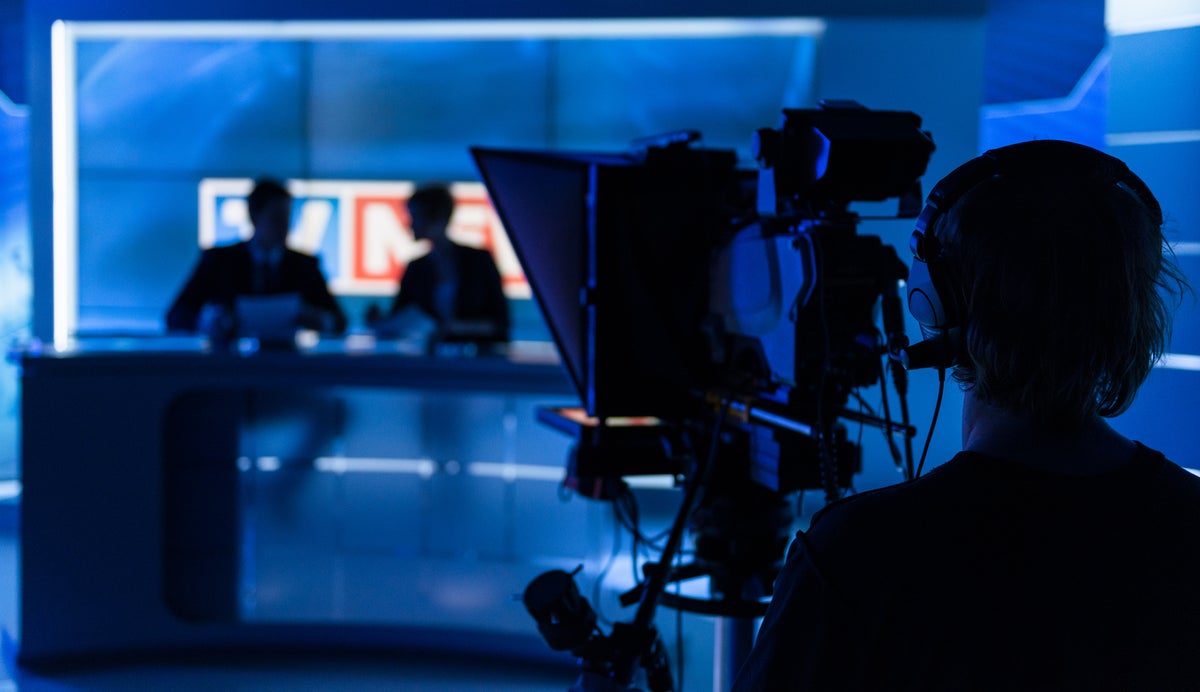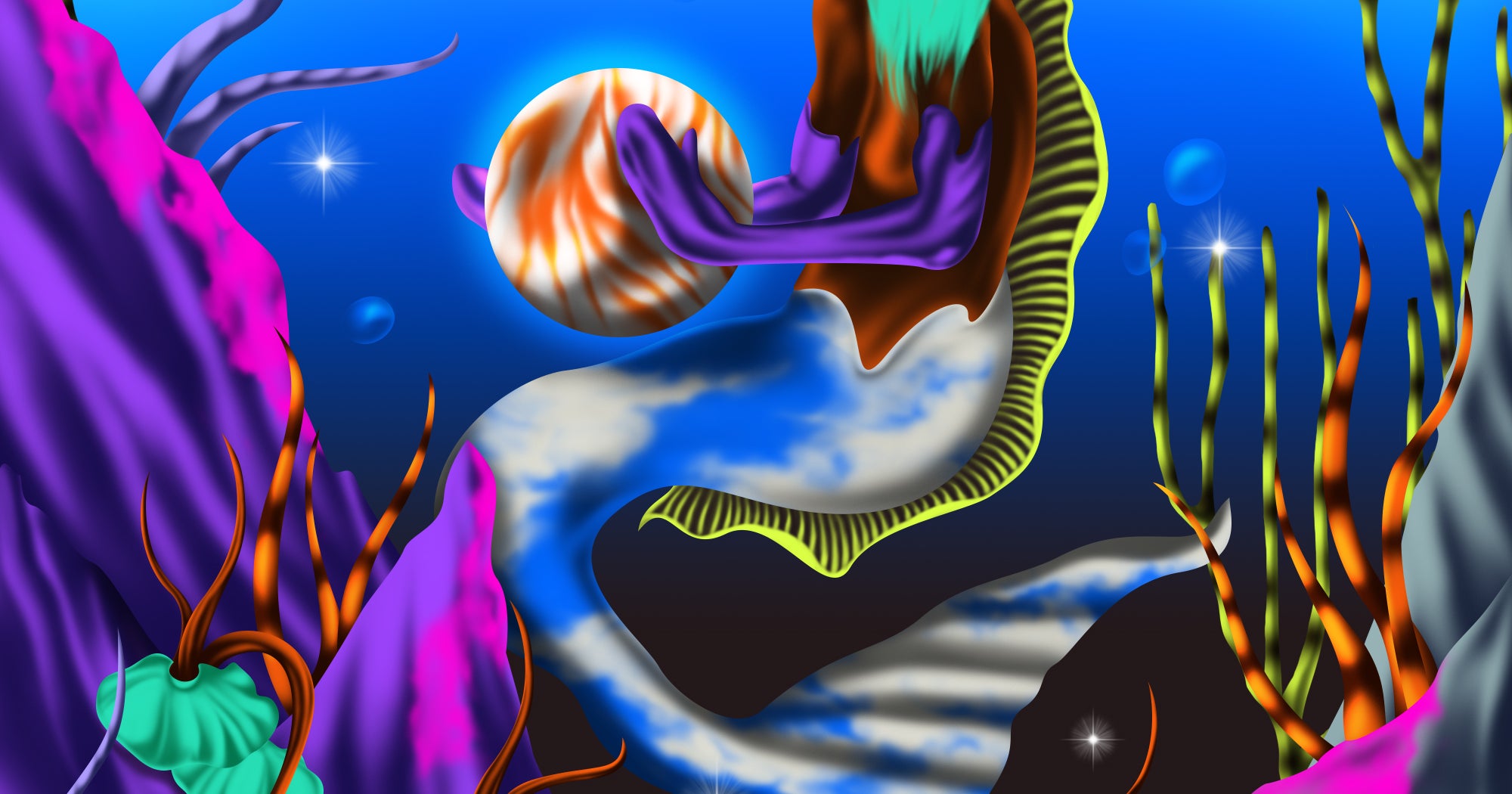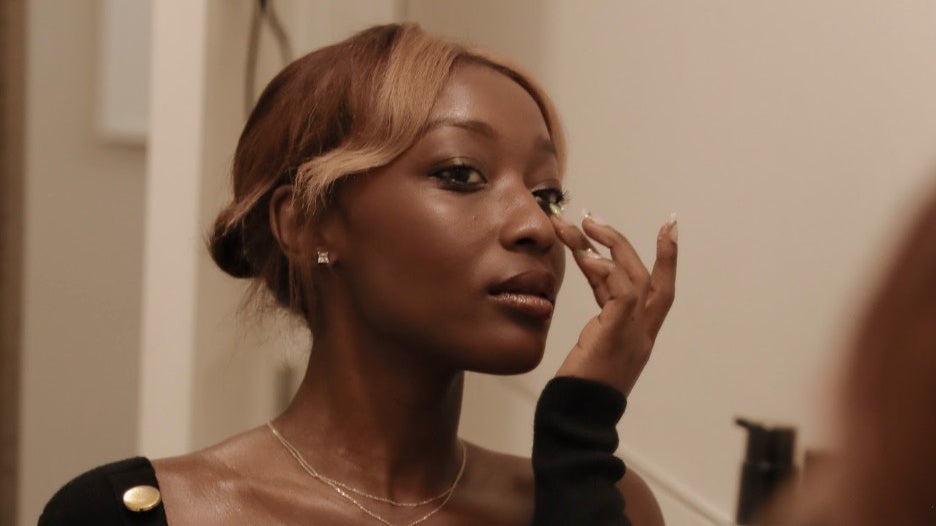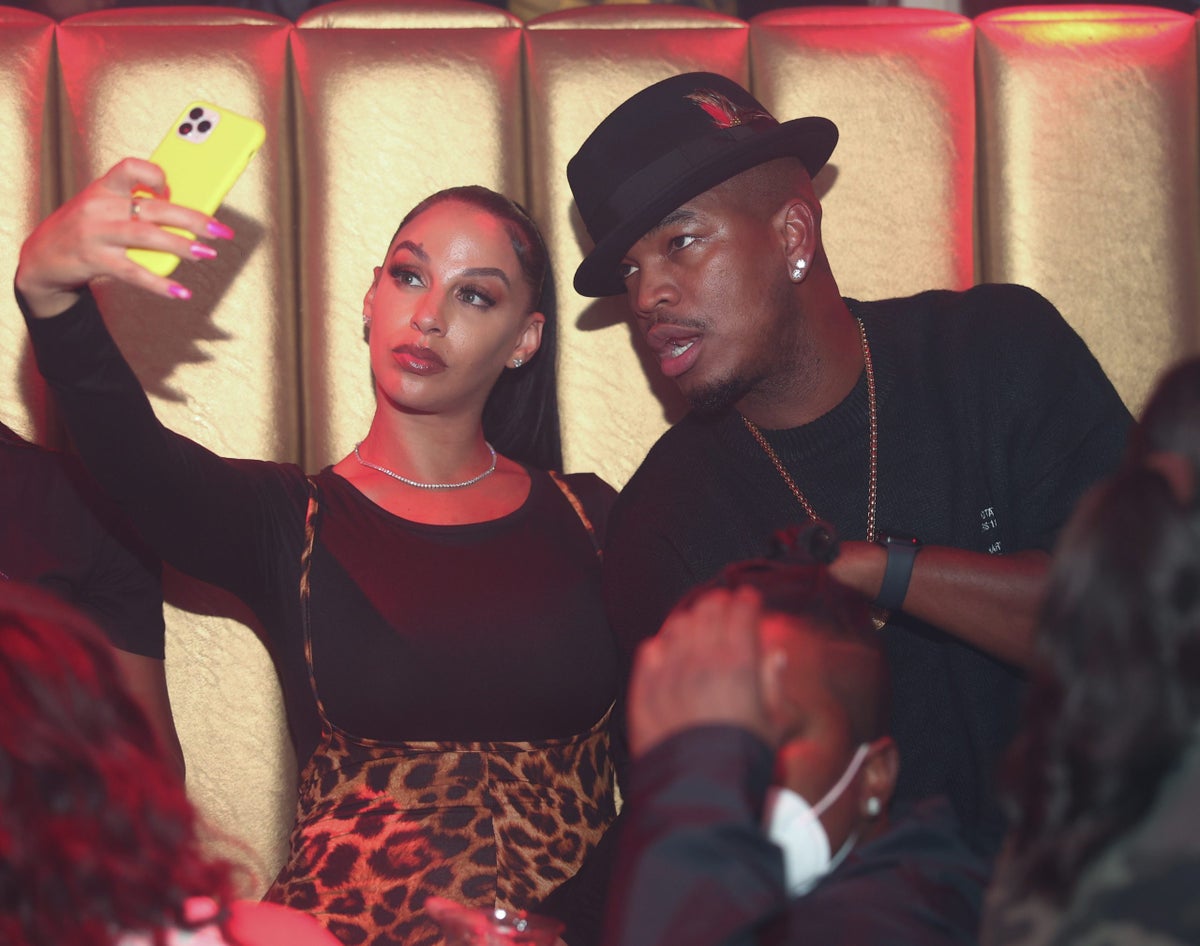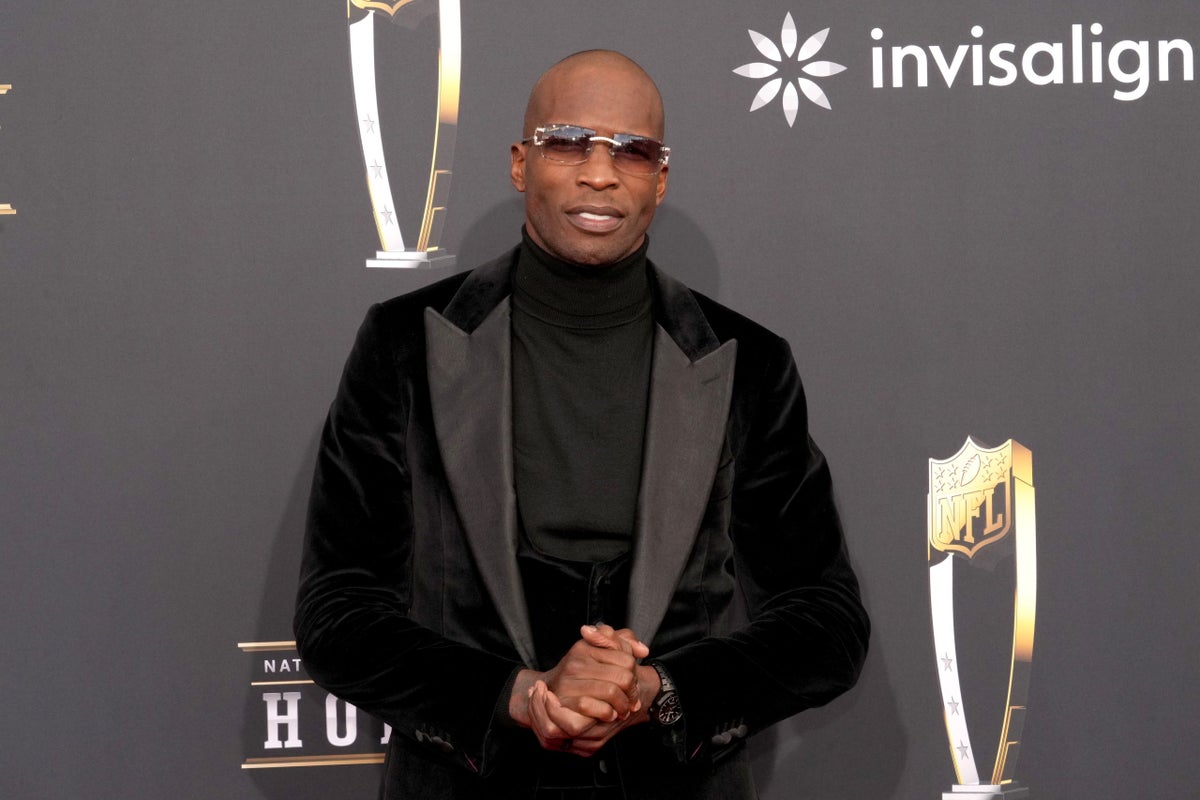


Sabrina Thompson has always embraced the convergence of her love of science and art. As a child, she’d sketch, create and daydream. She also be able to solve nearly any math equation you put in front of her. As an adult, she’s at the helm of designing groundbreaking tools that allow for safe space travel—all while in style.
NASA’s Artemis III will land the first woman on the moon, and Thompson has created the suit that will be worn on the mission—the entire process is being featured in National Geographic’s October SPACE issue. Thompson sat down with ESSENCE to share how she feels about being a trailblazing, all while ensuring women are at the center of this new frontier.
How did you become so comfortable embracing both sides of your sensibilities in that way?
I remember being in kindergarten and drawing Bart Simpson and Teenage Mutant Ninja Turtles, and my sketches actually looked like the cartoon characters. And I remember seeing everybody else drawing stick figures, and I was so confused (laughs). So, I think art and just creativity is something that has always been innate. I’ve never went to school for art. A lot of my education was in technical field. I learned to become an engineer. I learned to design orbits, all these things. I’ve learned the skills. But as far as having that artistic eye, I would say that that was something that has been innate.
What led you to NASA?
I’ve always been a curious kid, and I somehow have always been drawn to things that weren’t easy. If there was some challenge involved, there was something about me that wanted to be better. The harder it was, the better I thought I would be. So working at a place like NASA, the thought of it just became more natural to me as I went through my collegiate career. I was like, well, what’s more complex than a car or something? A spacecraft. Through internships I was able to experience the working environment. And now, it’s truly like home.
You’re literally making history as the first Black woman to design a flight suit for the first woman poised to land on the moon. How does it feel to be a trailblazer?
I think about my journey and all the things it took to succeed in a male dominated, helping to open for more inclusion, it definitely feels great because to be a part of that. To feel like you don’t belong in many ways, not just because you’re a woman, but a woman of color, and young, it makes me feel very proud to be a part of this moment right now. It makes me feel like I’m living out a purpose.
That brings me to the exciting new journey that you’re embarking on, collaborating with Nat Geo to document the experience. What can we expect?
We’re we’re just getting started on this journey. So we started out with this women’s flight suit that’s fashionable and functional. This is just the beginning. The next step is to take it to another level and make what we call a space travel suit, which is a launch and entry suit, a pressurized suit, but we want to make it for women and make something that looks good and considers women from top to bottom.
Could you talk about some of the design aspects that consider the women physiology?
For this suit that we made in phase one, and we wanted to ensure the issue with using the bathroom while on the spacecraft was fixed. A lot of these women are who are piloting an aircraft are sitting for long periods of time. In the aerospace industry. Then we made sure the materials we used were comfortable.
Women, we come in all shapes and sizes, so there’s no one size fit all. If one person is a small, it doesn’t mean that they’re going to fit that garment the same. Sp we added a combination of material that allows for some stretch without getting way to the strength of the material but strong enough to withhold activity. The other thing, of course, is the fashion aspect. We added some esthetically pleasing aspects to it. We took liberties with some of the accessories. So from the belt, there’s a metallic picture of the belt to some of the zippers and some of the accent fabric.
What are you most looking forward to in all of this?
I’m so excited and this is so incredibly important because clearly it’s the future, and little girls to women need to be a part of that conversation. I’m glad I can be there to witness history in making for advancement of equity and inclusion in the aerospace industry.
More information about the mission and Thompson’s work can be found at natgeo.com.


